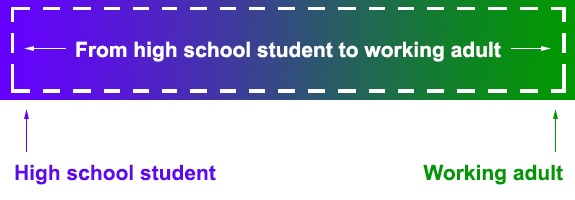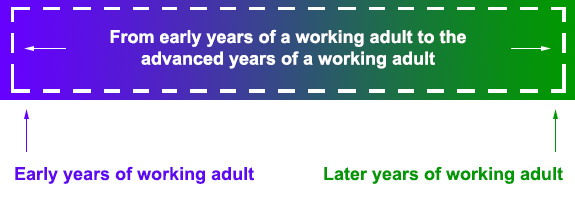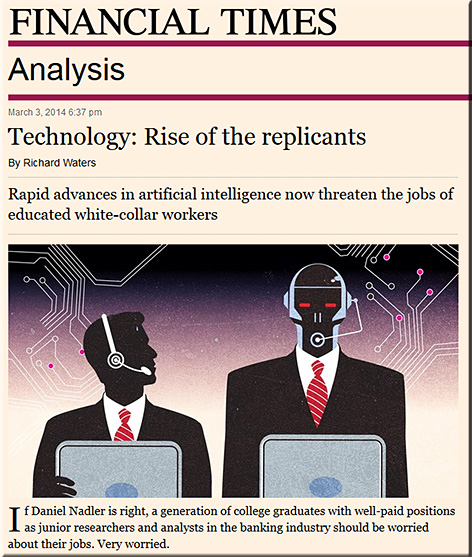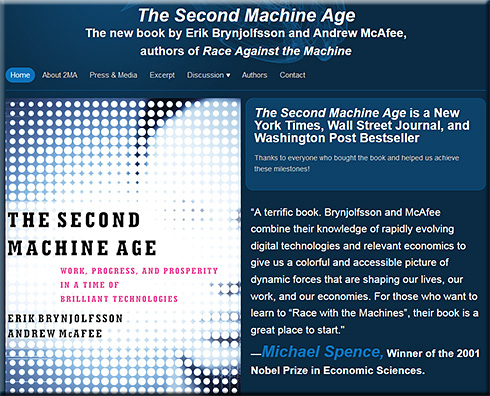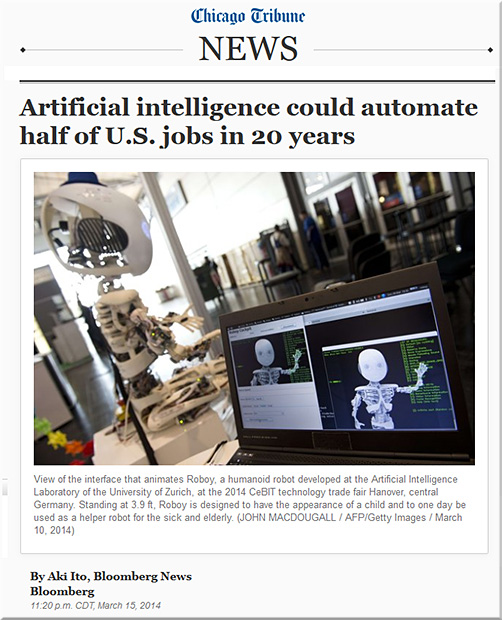What price will society pay if higher education cannot revolutionize college as we know it and evolve a sustainable economic model?
The Ivory Tower — description from Wikipedia.org
Excerpt:
Ivory Tower is a 2014 American documentary film written, directed and produced by Andrew Rossi. The film premiered in competition category of U.S. Documentary Competition program at the 2014 Sundance Film Festival on January 18, 2014.
After its premiere at Sundance Film Festival, Participant Media, Paramount Pictures and Samuel Goldwyn Films acquired distribution rights of the film. The film is scheduled to have a theatrical release in June 2014 in United Sates by Samuel Goldwyn Films. Paramount Pictures will handle the international release of the film, while Participant Media will handle the campaign for film’s theatrical release.
Class, Cost and College — from nyt.com by Frank Bruni
Excerpt:
Scheduled for theatrical release next month, “Ivory Tower” does an astonishingly thorough tour of the university landscape in a brisk 90 minutes, touching on the major changes and challenges, each of which could sustain its own documentary.
But as I watched it, one theme in particular kept capturing my attention. One set of questions kept coming to mind. How does our current system of higher education square with our concerns about social mobility? What place do the nation’s universities have in our intensifying debate about income inequality? What promise do they hold for lessening it?
The answers in “Ivory Tower” and beyond it aren’t reassuring. Indeed, the greatest crisis may be that while college supposedly represents one of the surest ladders to, and up through, the middle class, it’s not functioning that way, at least not very well.
From DSC:
I graduated with a liberal arts degree. I work at a Christian liberal arts college. I believe in the liberal arts. However, I see our current business models as broken. I, along with many others, see issues and problems that need to be dealt with — whereas many within higher education see no need to change at all. “What’s the problem?” they ask rhetorically…not wanting their great ride of the last 20-30 years to end.
But such individuals aren’t seeing the invisible devastation that’s taking place, such as the mounting/crushing debt on our students’ backs that stays with them for YEARS after they graduate. Such debt loads affect graduates’ ability to purchase a home or to save for retirement (then there’s those who didn’t graduate but spent a great deal of $$ in the attempt to get a degree). I’m also hearing that it’s delaying marriage in some cases. And unlike a car or a house, you can’t realistically refinance many student loans. (Although Elizabeth Warren is seeking to change that situation, thankfully.)
So while I strongly believe in obtaining a college education, we have to get the price down! We have to recognize that there’s an issue. Change must occur.









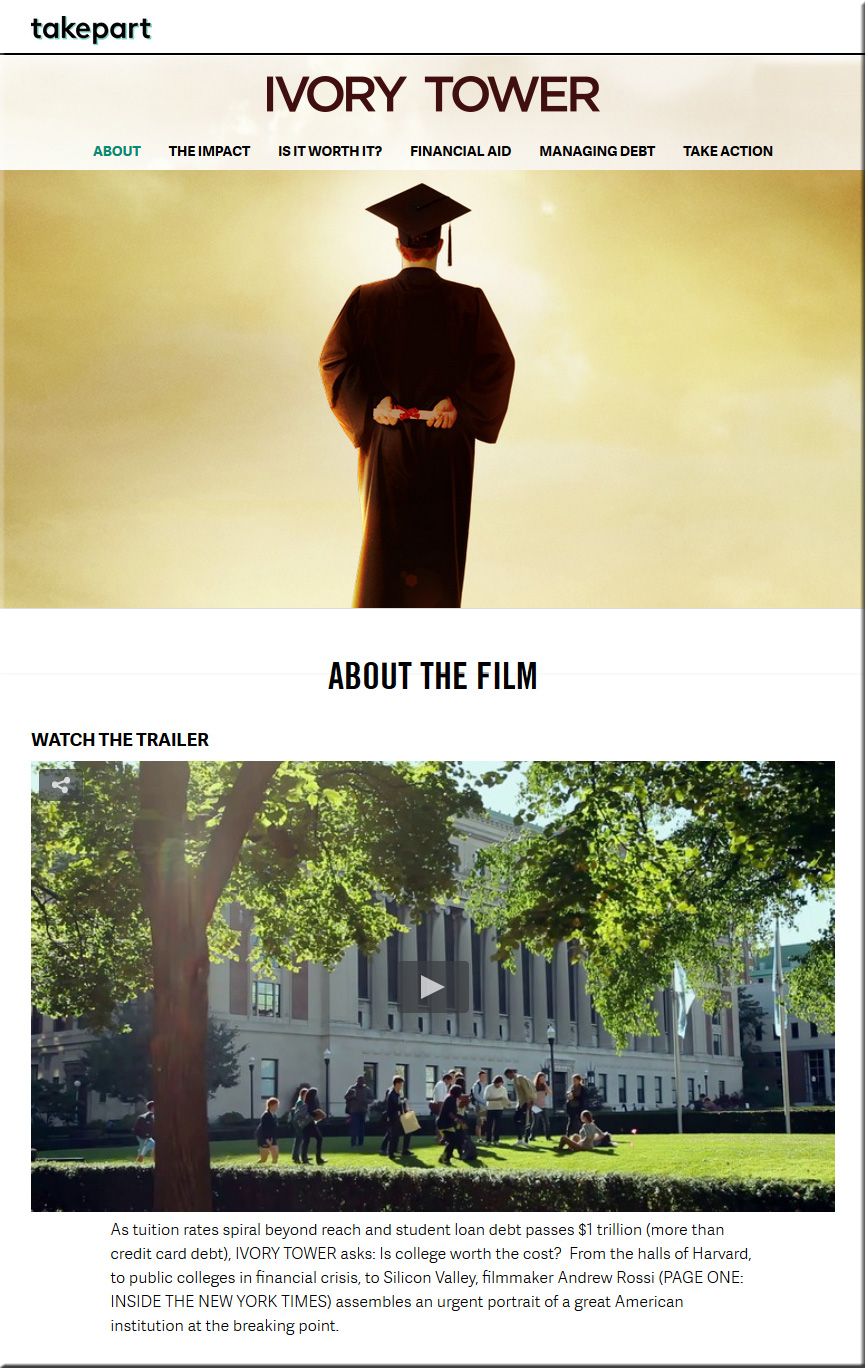

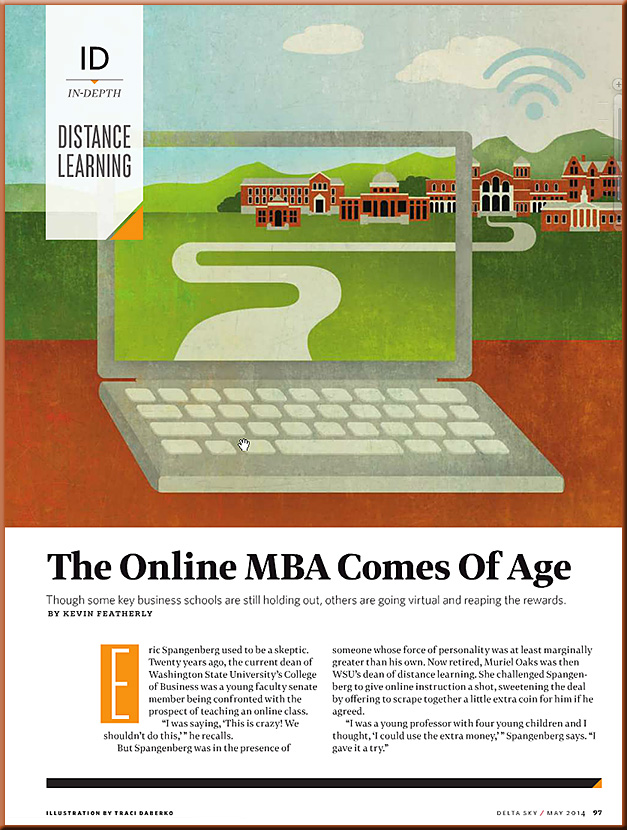
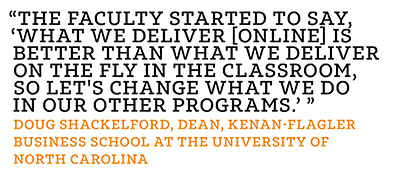
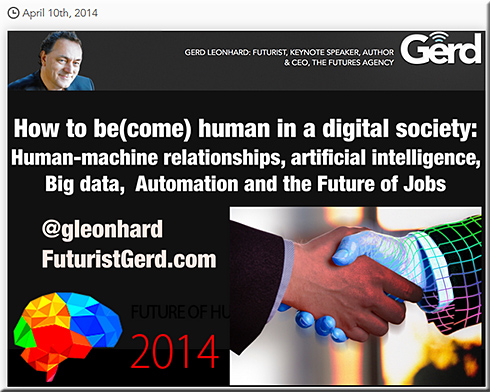


![The Living [Class] Room -- by Daniel Christian -- July 2012 -- a second device used in conjunction with a Smart/Connected TV](http://danielschristian.com/learning-ecosystems/wp-content/uploads/2012/07/The-Living-Class-Room-Daniel-S-Christian-July-2012.jpg)




